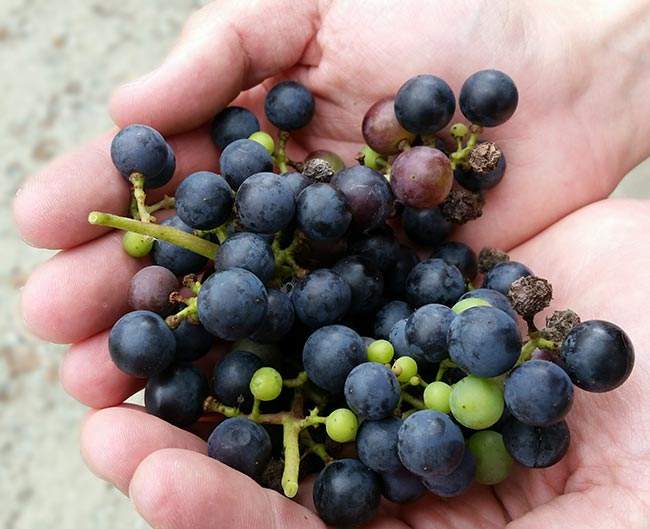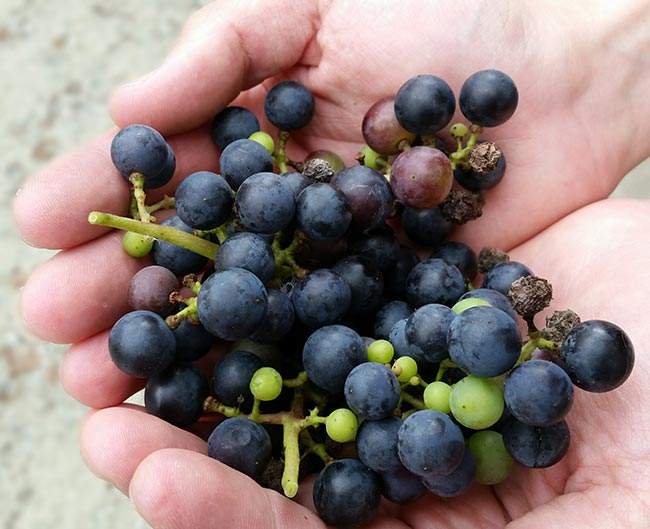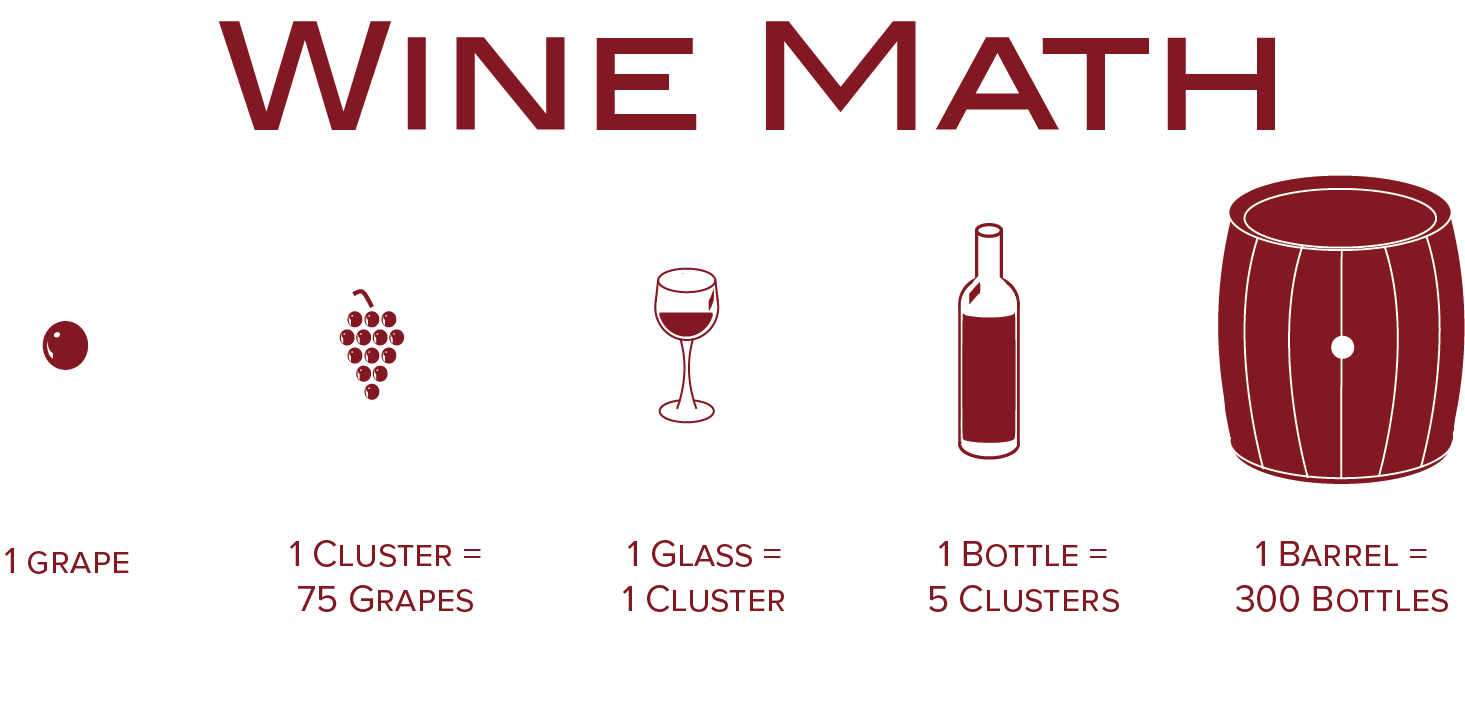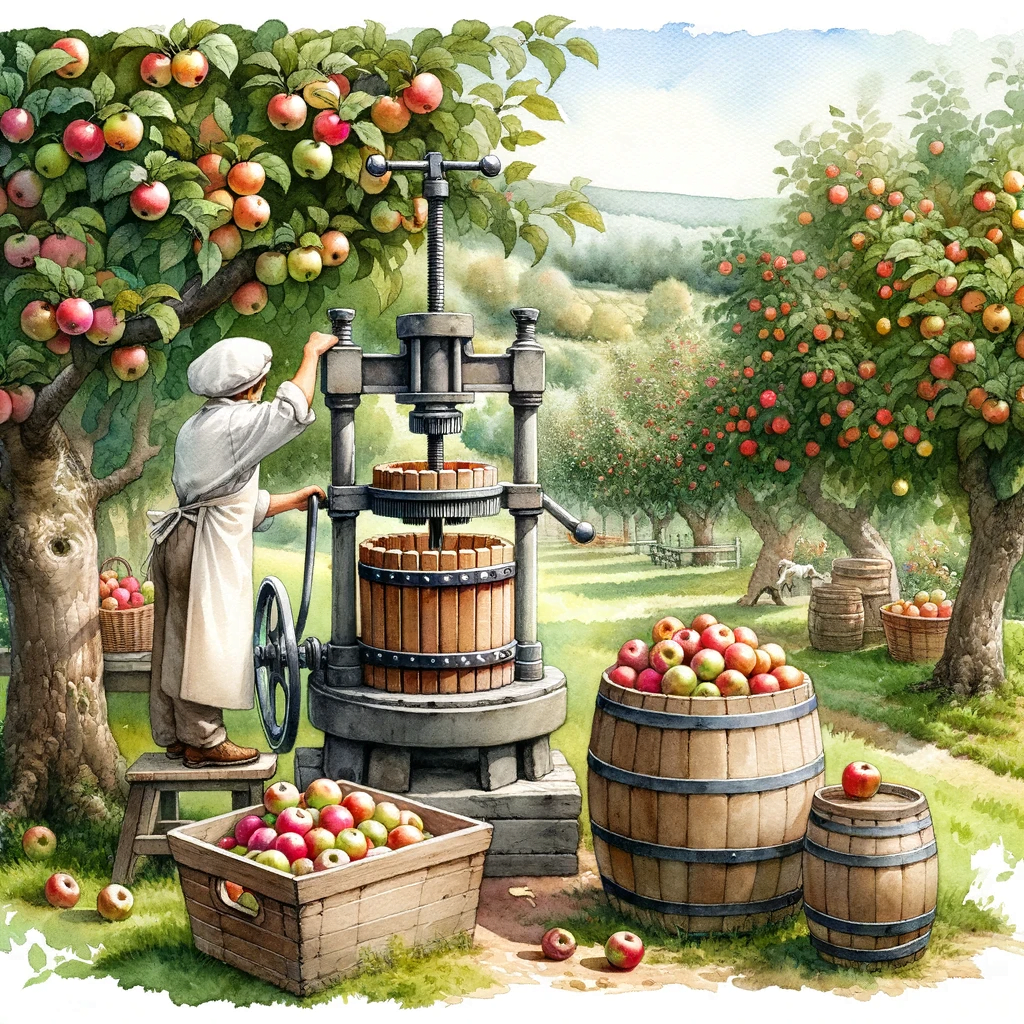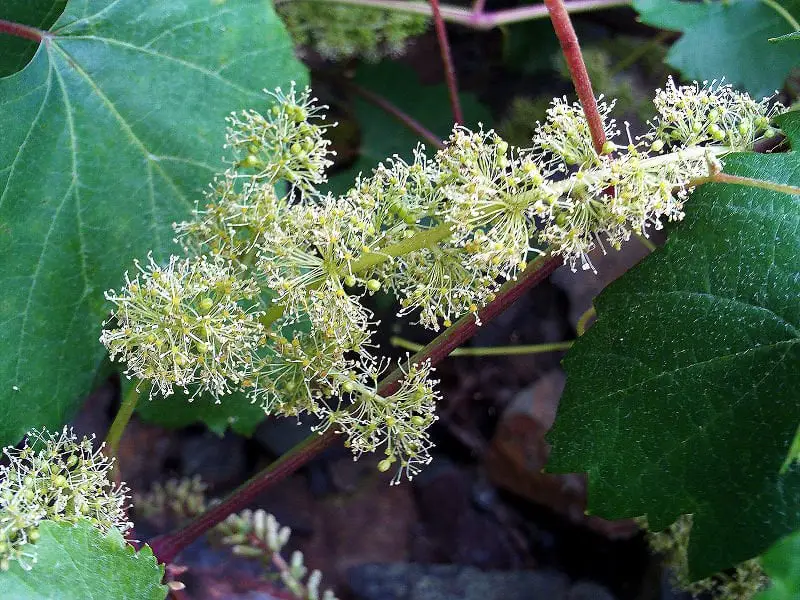Wild grapes are a fascinating variety of fruits that have been growing naturally for centuries. As you embark on your journey to explore the world of wild grapes, it is crucial to have a clear understanding of their appearance. From their distinctive leaf shape to the mesmerizing clusters of small, vibrant fruits, wild grapes exhibit unique characteristics that set them apart from cultivated grape varieties. In this article, we will unravel the mystery surrounding the appearance of wild grapes, providing you with valuable insights to identify them with ease and confidence. So, let us delve into the enchanting world of wild grapes and discover what these intriguing fruits truly look like.
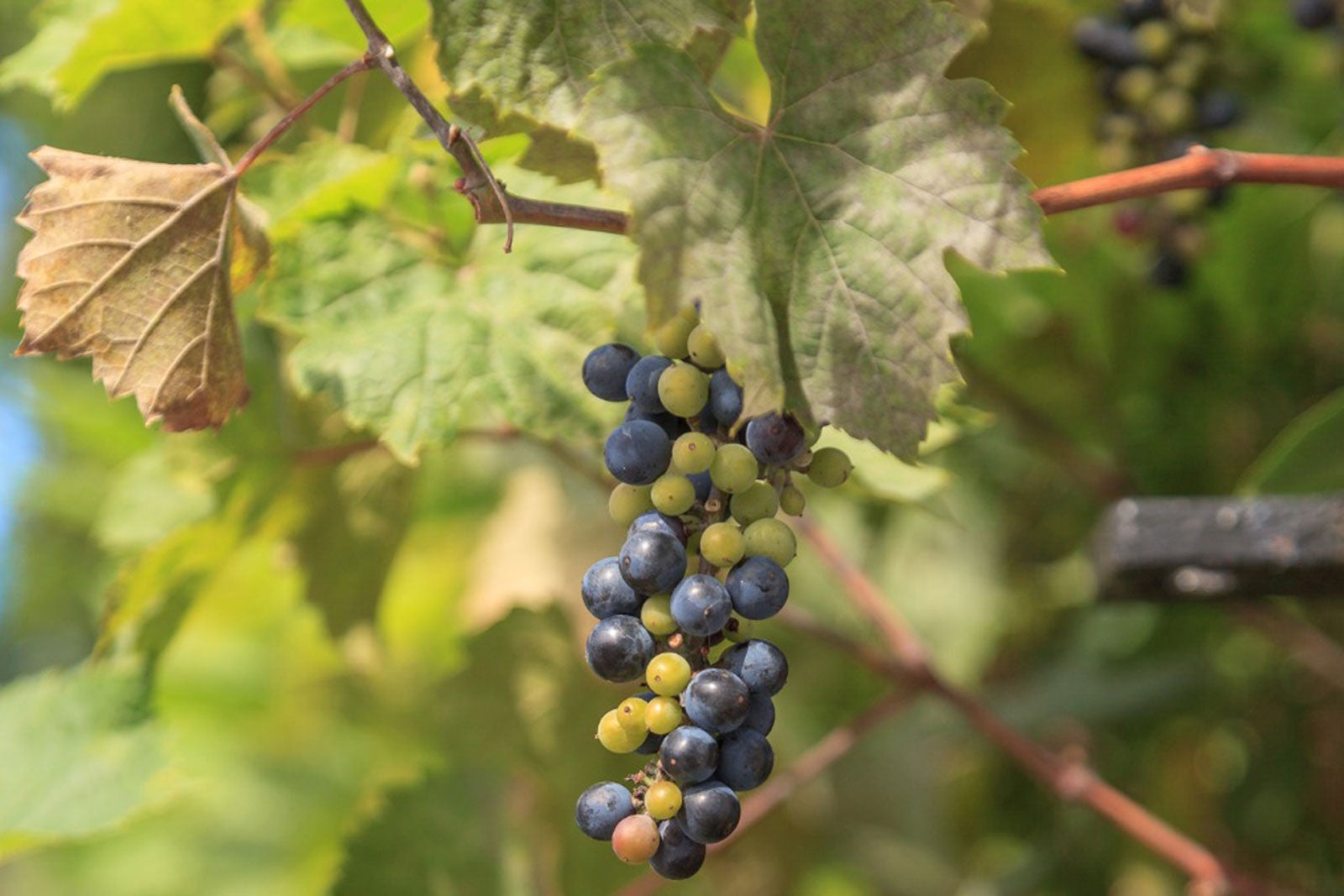
Physical Characteristics
Leaf Structure
The leaf structure of wild grapes is distinct and easily recognizable. The leaves are typically palmate, meaning they have a shape similar to an outstretched hand with several lobes. The lobes can vary in size and shape depending on the species of wild grape. The leaves are large and can measure up to 30 centimeters in diameter. They have a serrated edge, giving them a slightly jagged appearance. The texture of the leaves is smooth on the upper surface, while the underside is usually hairy or fuzzy. The color of the leaves can range from deep green to lighter shades, depending on factors such as sunlight exposure and plant health.
Fruit Appearance
The fruits of wild grapes are one of their most distinctive features. They grow in clusters and can vary in size and shape depending on the species. Wild grapes can have round, oval, or even elongated shapes. The skin of the fruit can be smooth or slightly textured, and it ranges in color from green to purple or even black, depending on the maturity level. When fully ripe, wild grapes can have a translucent appearance and a glossy sheen. The size of individual grapes within a cluster can also vary, with some being small and others larger, giving the cluster a diverse and interesting appearance.
Color
The colors associated with wild grapes are diverse and captivating. The leaves can display variations of green, from dark shades to lighter hues. The fruit, as mentioned earlier, can range from green to purple or black. The color of wild grapes is not only aesthetically pleasing but can also act as an indicator of ripeness. As the grapes mature, they undergo color changes, with green grapes turning into shades of purple or black when fully ripe. This color transformation is useful for identifying the optimal time for harvest.
Size
Wild grapes exhibit variations in size, both in terms of individual grape berries and whole clusters. Individual grape berries can range in size from small, similar to the size of a pea, to larger ones that can be almost the size of a marble. The size of grape clusters also depends on the specific species. Some clusters can be compact with smaller grapes closely packed together, while others may be more loosely formed and contain larger grapes. The size of the grapes and clusters contributes to their visual appeal and also affects their taste and texture.
Vine Shape and Structure
The vines of wild grapes have a distinct shape and structure. They are vigorous climbers and often entwine themselves around trees, walls, and other structures. The growing habit of wild grape vines is characterized by their ability to climb to great heights, often reaching several meters. The vines are sturdy and can develop thick trunks as they age. The bark of the trunks can be grayish or brownish in color, adding to the visual diversity of the plant. Another notable feature of wild grape vines is the presence of tendrils, which are thin, curly structures that aid in climbing and anchoring the vine to its support.
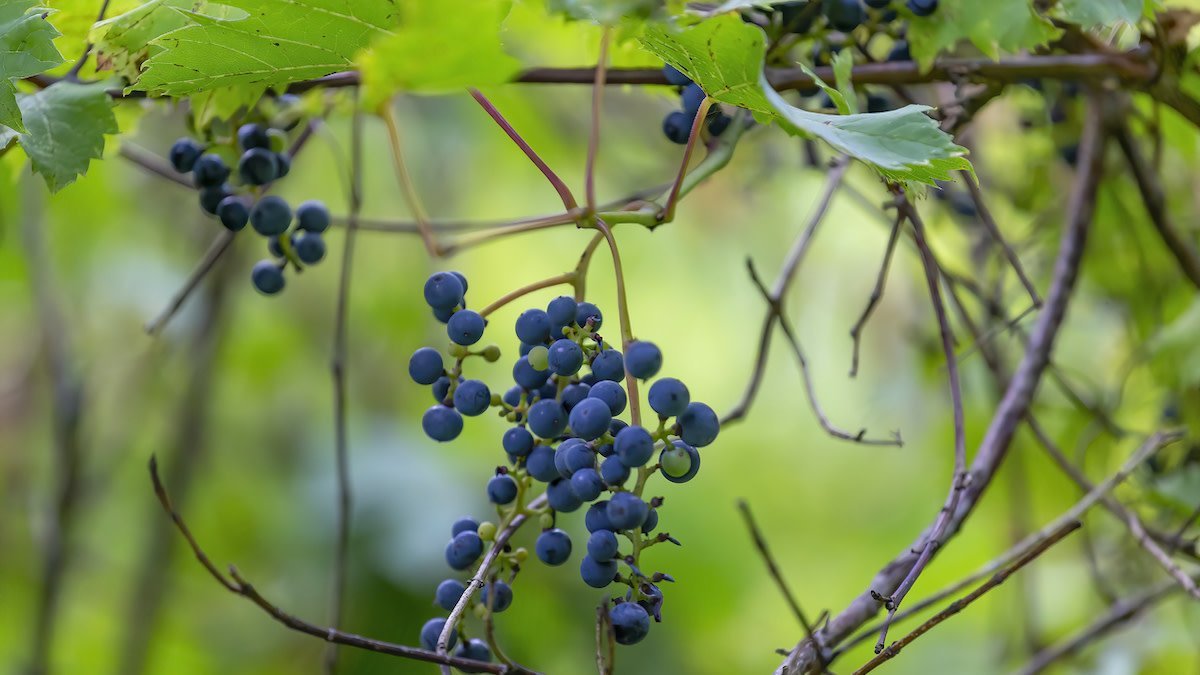
Habitat and Distribution
Geographical Range
Wild grapes are found in various parts of the world, with their geographical range spanning multiple continents. They can be found in North America, South America, Europe, Asia, and Africa. Within these continents, wild grapes have adapted to different climatic conditions and can be found in a wide range of habitats.
Habitat Preference
Wild grapes have a preference for certain habitats within their geographical range. They are often found in forest edges, where they can benefit from a mix of sunlight and shade. These vines thrive in areas where they can climb onto taller trees or structures to gain access to direct sunlight. Additionally, wild grapes can also be found near rivers and streams, as they require a sufficient water supply for healthy growth.
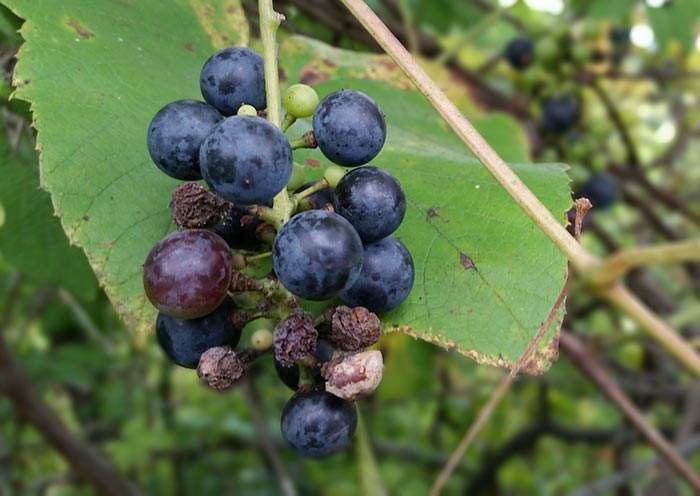
Conclusion
Wild grapes possess a variety of physical characteristics that make them a fascinating and versatile plant species. From their distinctive leaf structure to their diverse fruit appearance, wild grapes offer a visual appeal that is both captivating and unique. Their colors and size variations contribute to their aesthetic beauty, while their vine shape and structure showcase their adaptability and climbing abilities. In addition to their visual appeal, wild grapes are also versatile and nutritious, offering a desirable option for both culinary use and wildlife sustenance. By exploring the offerings of nature and embracing the variety and beauty of wild grapes, we can truly appreciate the wonders of our natural world.
